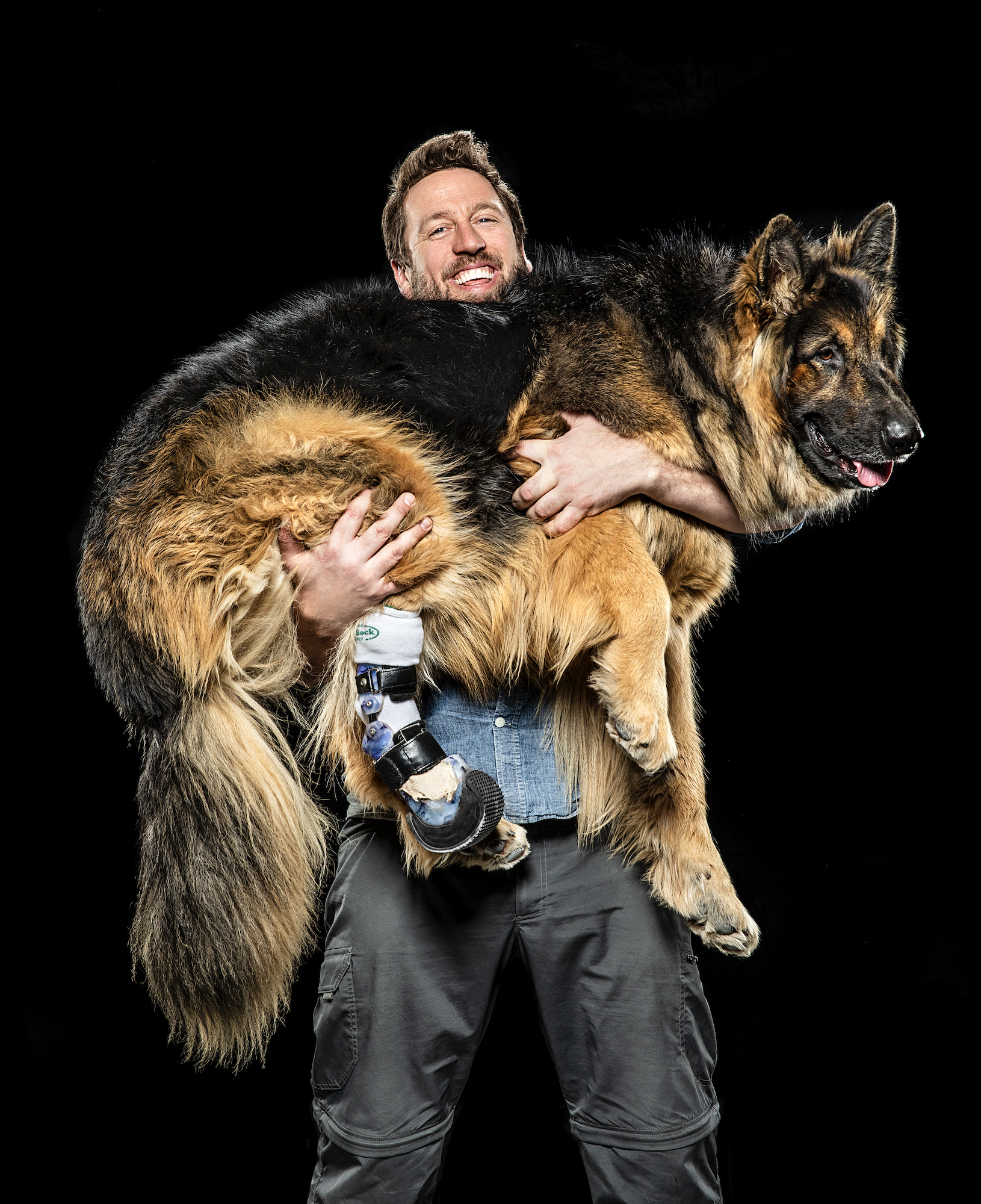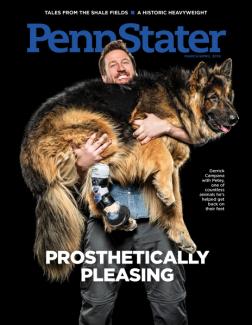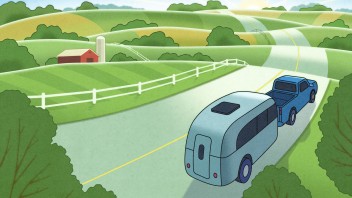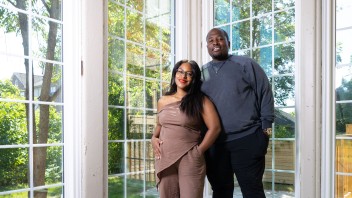Man's Best Friend's Best Friend
From our March/April 2019 issue: Derrick Campana has helped countless dogs—not to mention elephants, goats, donkeys, eagles, turtles, and even the occasional cat—get back on their feet. How one alum’s unexpected career turn has allowed him to travel the world, get just a little bit famous, and create a whole new industry.



